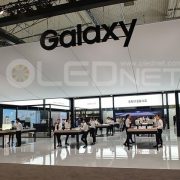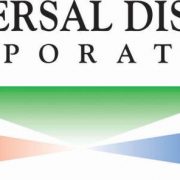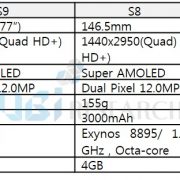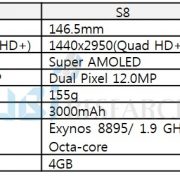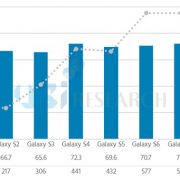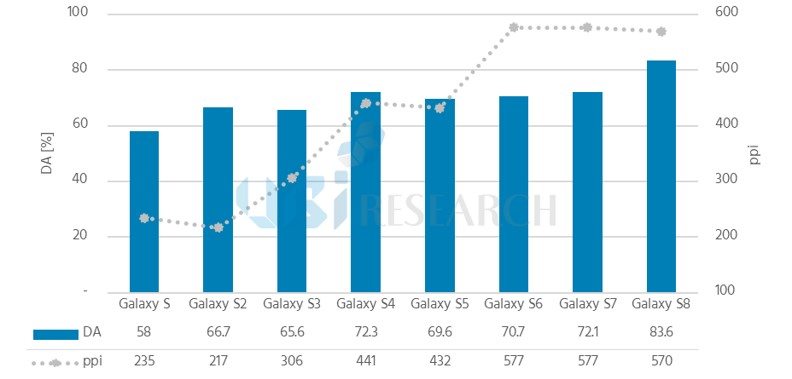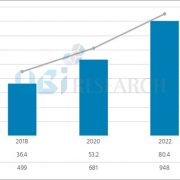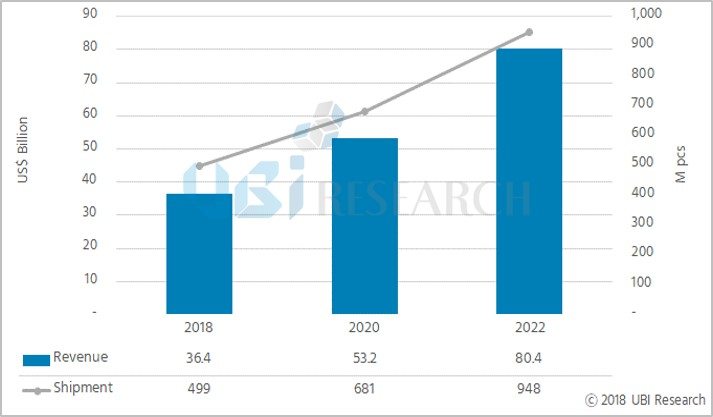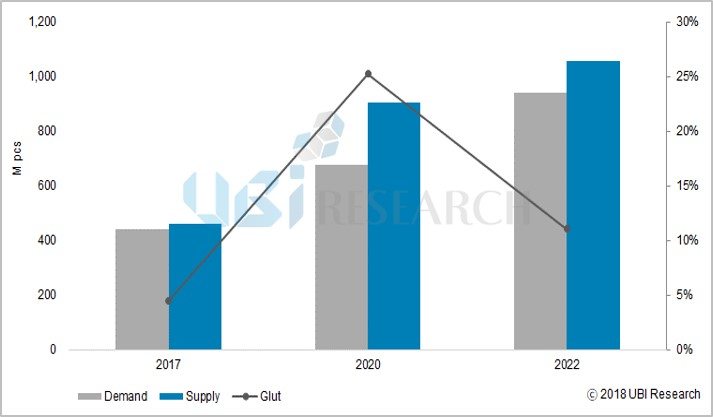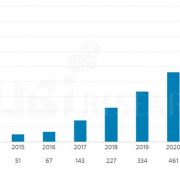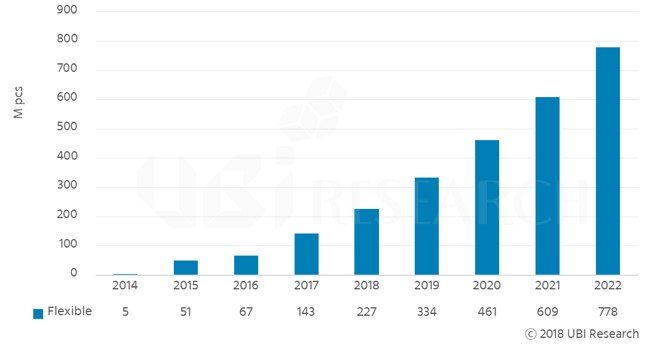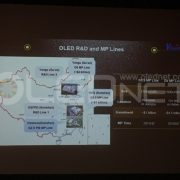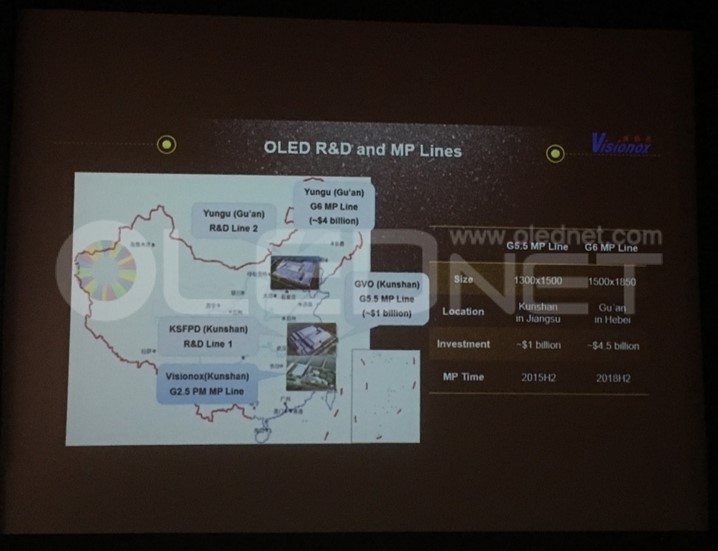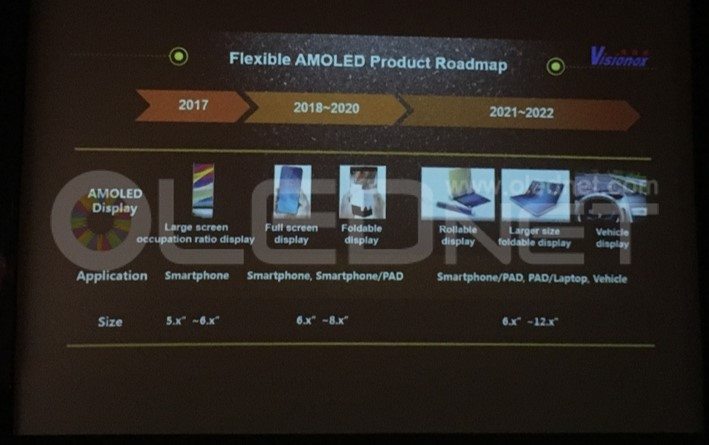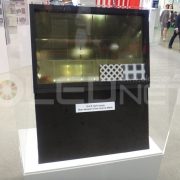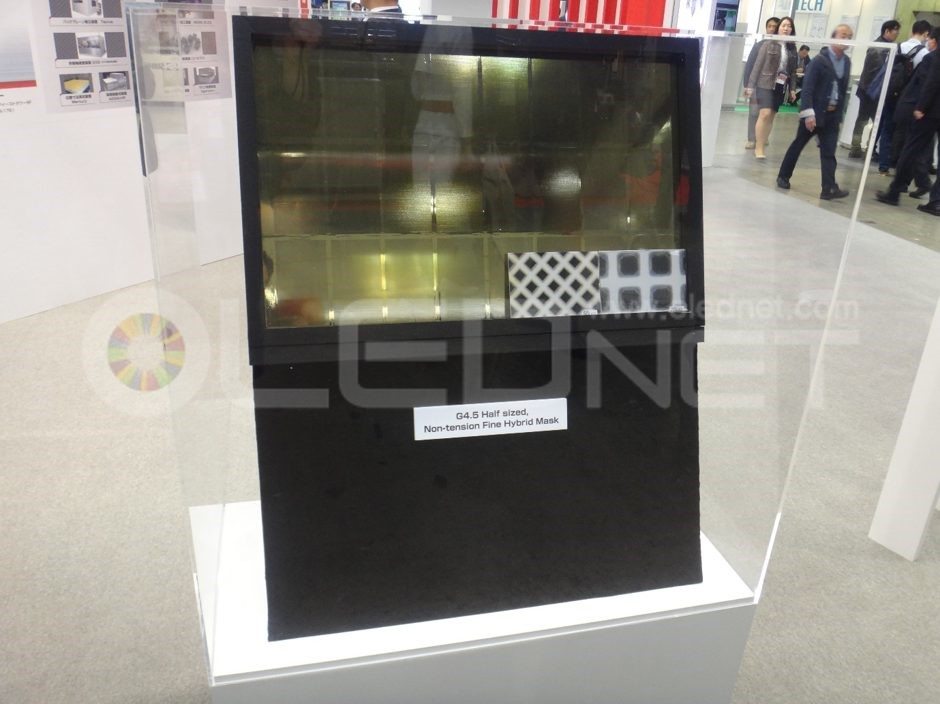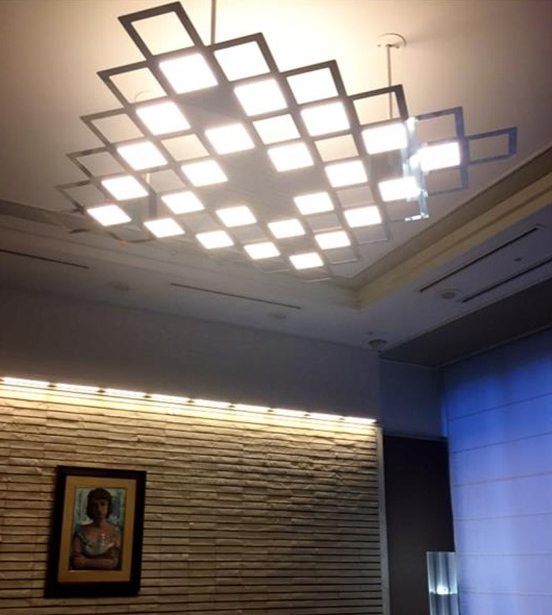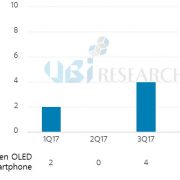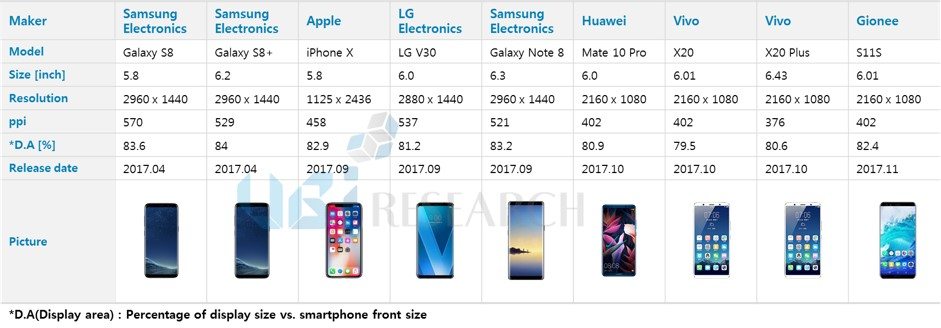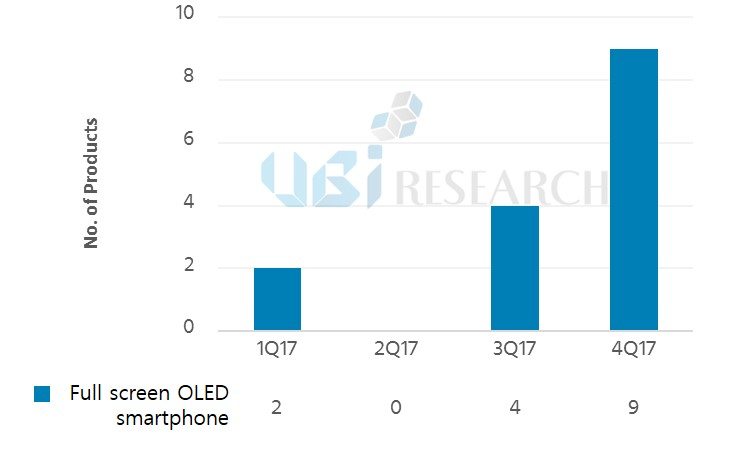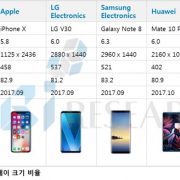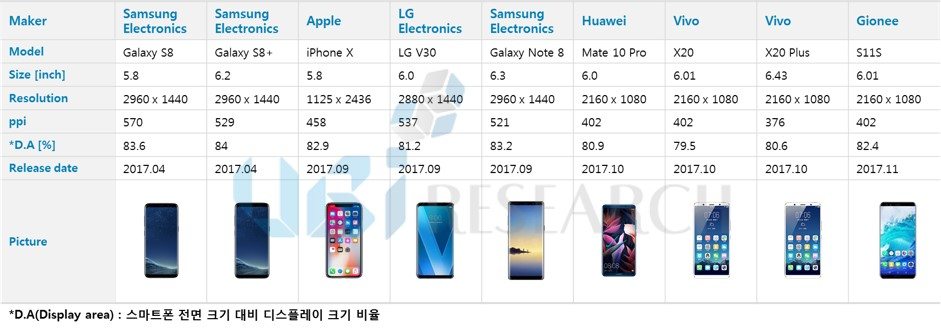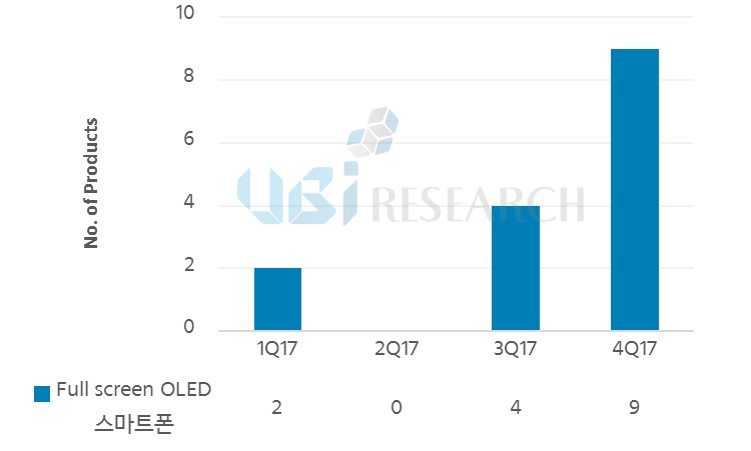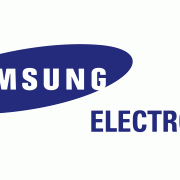Main Contents
– Presentations from major panel makers in Korea, China and Japan: Samsung Display, LG Display, Visionox, JOLED and TCL.
– Future display market forecast and confirmation through announcements of various display application companies such as Sony, Boeing and Microsoft.
OLED KOREA CONFERENCE, the high-profile global OLED conference, will be held at Novotel Ambassador Gangnam, Seoul, Korea, on March 7-8, 2018.
The 4th OLED Korea Conference is to be proceeded on the theme of ‘OLED with opportunity & adding value to your business’ for two days, and is expected to become a wonderful forum for exchanging various information and opinions together with the presentations about key technology development, issues, overall OLED market and investment status.
The OLED industry, which is continuing to grow, is expected to surpass the LCD market share in the small and medium sized market this year. According to UBI Research, specialized in OLED research, the shipments for small and medium sized OLED panels for mobile devices are projected to grow by 53.2% YoY to 630 million units this year and the shipments of OLED panels for TV to about 2.4 million units, up 47.2% YoY.
In particular, as OLED market growth has become clear, the investment of major companies is increasing remarkably. Recently, LG Display plans to invest about 9 trillion won in OLED facilities this year, followed by about 6.7 trillion won last year. According to industry sources, “OLED investment in China’s display panel makers is also aggressively progressing.” Since major panel makers such as Samsung Display, LG Display, Visionox, TCL and JOLED will gather together to present major business issues in the conference, 2018 OLED KOREA is getting a lot of attentions from industry people.
The announcements of display application companies under the subject of ‘Vision and Idea about Future Applications’are anticipated to confirm the present and future of the display market. Particularly, Yoshihiro Ono, Division Chief of Sony TV, is scheduled to make a presentation for Sony OLED TV, which was a major issue of OLED industry in 2017, on the background of adopting OLED, history of development of BRAVIA OLED TV, and differentiating points from other OLED TVs. In addition, Dr. Joel S. Kollin, head of Microsoft hardware & display, will be presenting HMD for the first time in Korea, and it is expected to see how it will affect the future display market.
Moreover, representatives from global companies such as 3M, Applied Materials, Corning and Cynora, and 28 specialists from OLED panel makers, set makers, material/equipment companies and research institutes across the globe will make presentations with subjects of ▲ View from Panel Makers about OLED Market ▲ Solution Process Technology, yet to come ▲ New Performance Development from Major SCMs ▲ New Technology Discussions for Next Generation Display or Better Process. Also, lectures are planned under the title of ‘Opinion from Business and Industry Analysts’from UBI Research, Japan Mizuho Securities, and Yole development, market research organization in France. More than 200 major domestic and international experts and industry leaders are anticipated to attend the 4th OLED KOREA Conference, which can identify trends and development directions in OLED industry. Attentions are growing because the conference is planned to provide opportunities for networking and continuous exchange of information and know-how. For more information, please visit www.oledkoreaconference.com .
– End – ※ 【2018 OLED Conference】 → http://www.oledkoreaconference.com/

